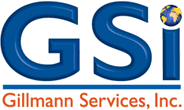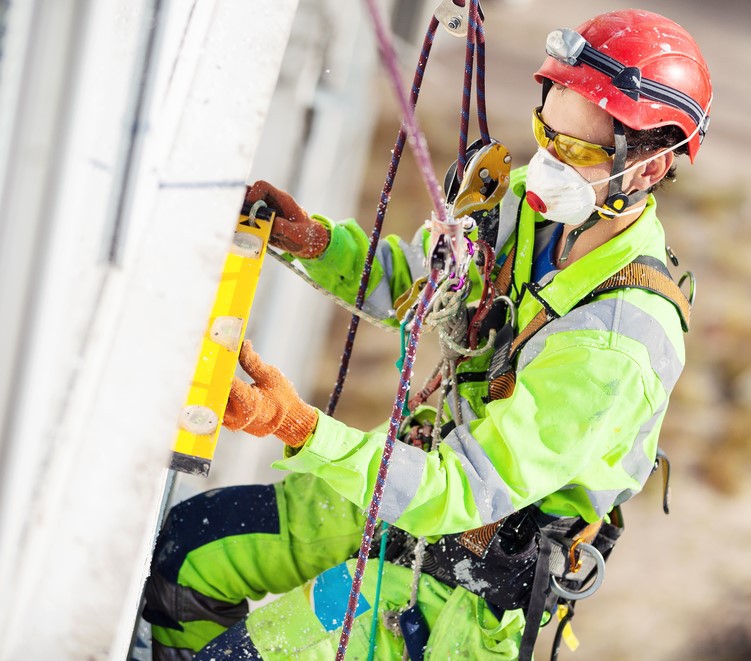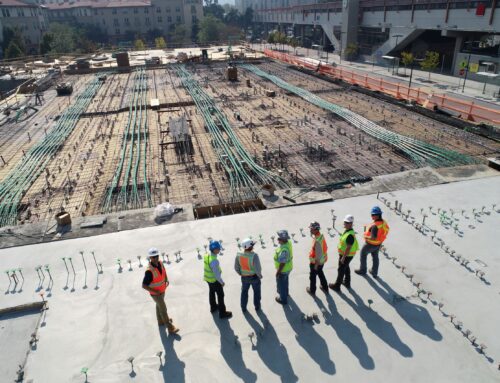Construction is a fulfilling industry with opportunities for many different skilled trades. It can also be a danger zone if workers and management neglect proper safety standards and protocol. A recent report noted that 21% of work-related deaths were in the construction field. Of these fatalities, more than half of them were the result of the “Fatal Four.”
Safety at the construction site must be a priority – for employers, management, and tradesmen. It begins with awareness. From entry-level laborer to skilled craftsmen to foremen and management, everyone should be totally aware of any and all potential hazards. Don’t let ignorance on anyone’s part be the cause of an accident. OSHA created checklists for a reason – use them! Then follow through with the following safety guidelines.
Training: Ensure that every worker has enough training on standard safety and security practices before sending them to the site. Conduct regular safety training reviews on a quarterly (or monthly) basis. Lectures, discussions, videos, and practical application tips are all viable training tools
Communication: Activity is constant on construction sites. Provide the proper equipment to ensure clear, consistent communication. Documentation of instructions and order of events is critical. Ensure that everyone involved knows what is happening and when it’s happening. Appoint foremen and management supervisors who not only are well-versed in safety procedures but are also willing to enforce them.
Well-maintained equipment: From basic power tools to heavy machinery, keep everything in excellent working order. Take care of equipment issues immediately and have back-ups available. Ensure that every worker is adequately trained – including required certifications – before they operate tools and equipment. Never used damaged equipment.
Personal Protective Equipment (PPE): PPE includes multiple items such as steel-toed boots, vests, hardhats, goggles, gloves, tool belts, etc. Whether the employer provides PPE, the employee supplies their own, or it’s a shared expense, demand 100% compliance with the use of PPE. These items can save serious injuries and even save a life.
Follow standard safety precautions:
Be a safety expert. Create a company culture that values safety and goes beyond the basic requirements to ensure it happens. Saving just one serious injury, let alone a death makes the investment of your time and money into safety well worth it.
GSI is fully committed to workplace safety – for clients and employees, making it our goal to ensure proper safety practices are developed and adopted – for and by everyone. In addition to skilled on-staff safety instructors, we provide safety equipment and job-site specific training for our employees. Rest Assured: Every employee arrives fully trained, certified, knowledgeable, and armed with the correct tools to perform the task. Take time to Contact us today – we’ll make a difference for you.






